
Chip giant AMD says AI to be 'mega-trend' for computing world
AI will be the "defining mega-trend" for the global computing industry, the head of chip giant AMD said Thursday in Taiwan, where the majority of the world's semiconductors...
2023-07-20 18:54
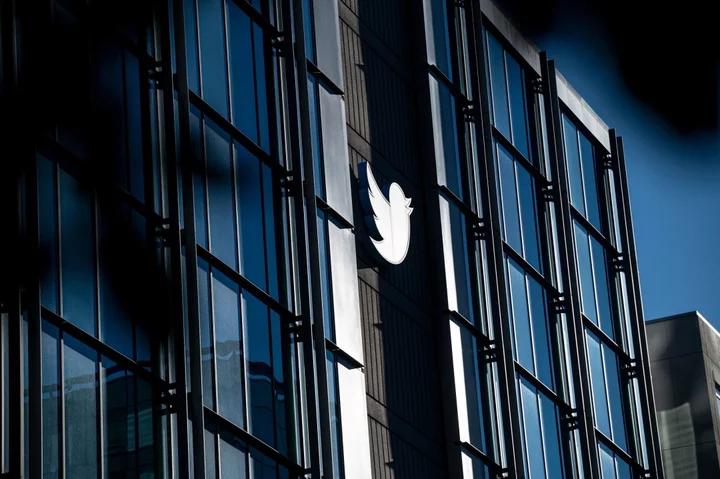
Twitter Resumes Paying Google Cloud, Patching Up Relationship
Twitter has resumed paying Google Cloud for its services, patching up a relationship that became strained after Elon
2023-06-22 03:24

Andrew Tate shares take on gender dynamics, blames females for relationship failures: 'It’s woman’s fault'
According to Andrew Tate, men bring in substantial financial resources, while women are responsible for creating a positive and enjoyable atmosphere
2023-06-08 19:59
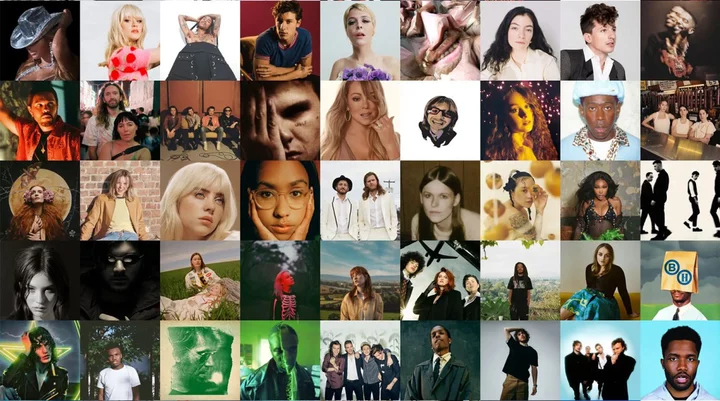
Spotify Rainbow Collage Generator turns your top songs and artists into shareable art
There's a new trendy way to analyze your Spotify data and this time it's not
2023-06-07 23:23
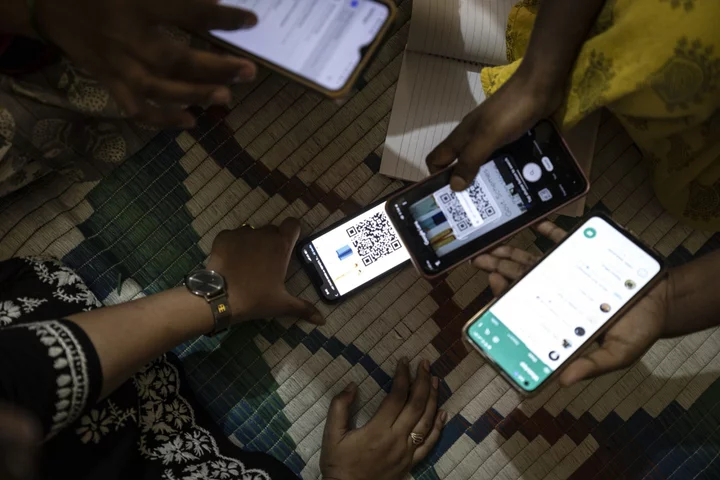
A Chatbot That Won't Take Bribes for Giving Advice Is a Hit in India
ChatGPT quickly found a home in the sophisticated echelons of investment banks and drug design firms. Now, the
2023-06-15 07:24
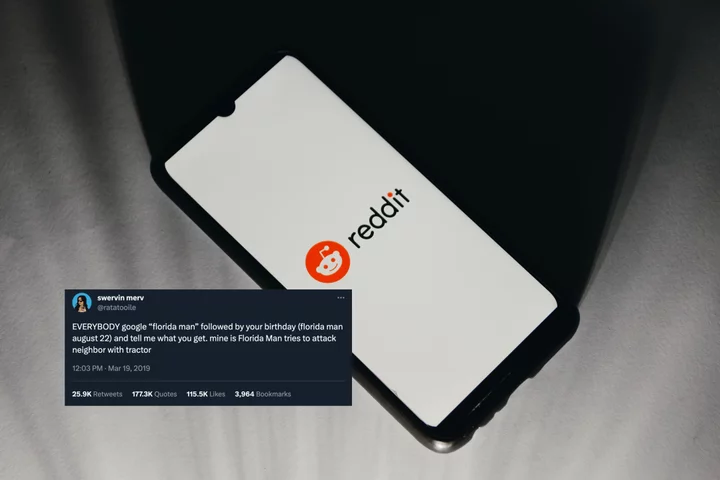
Explaining the Florida Man birthday Reddit meme
Every once in a while a dormant meme resurfaces. Think: the eternal Rick Roll or
2023-07-26 05:53
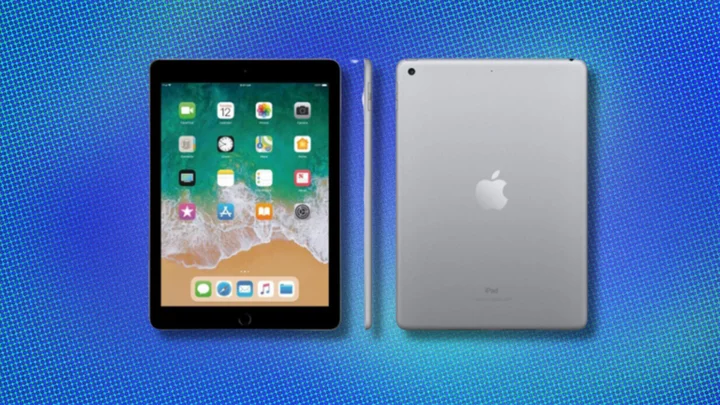
This refurbished iPad is $175 with an upgradable OS
TL;DR: As of September 17, you can get a refurbished Apple iPad (6th Gen) for
2023-09-17 17:28
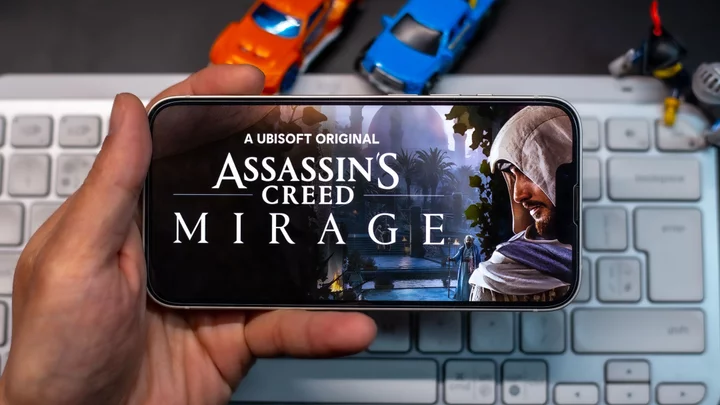
Ubisoft Says a 'Technical Error' Is To Blame For Assassin's Creed Pop-Up Ads
Some Assassin’s Creed players got an unwanted surprise this week when a fullscreen pop-up ad
2023-11-26 08:26
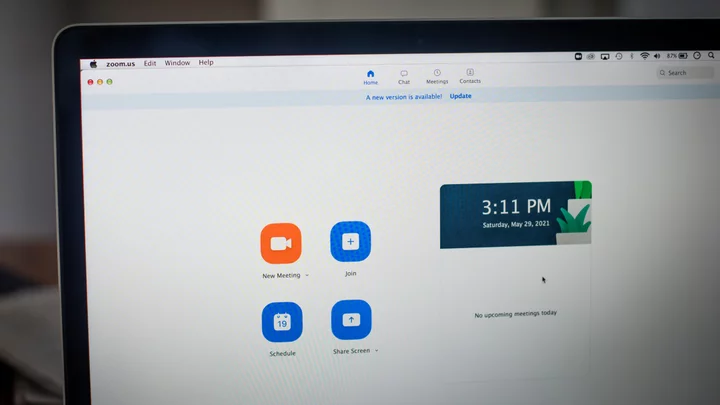
Zoom Revises Terms After Changes Spark Fears of AI Learning From Video Chats
A day after controversy erupted over months-ago revisions to Zoom’s terms of service that evoked
2023-08-08 06:24

xQc comments on Jake Paul's win against Nate Diaz, slams MMA fans and haters: 'My TL is full of insecure losers'
xQc's straightforward opinion about MMA fans and his support for Jake Paul's win didn't stay limited to his Twitter followers
2023-08-08 17:58
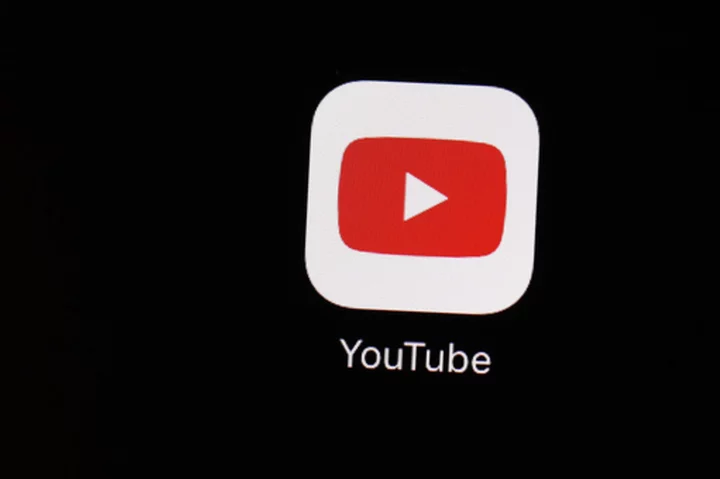
YouTube changes policy to allow false claims about past US presidential elections
YouTube says it will stop removing content that falsely claims the 2020 election and other past U.S. presidential elections were marred by widespread fraud, errors or glitches
2023-06-03 05:16

There is a scientific reason some people can't stand Brussels sprouts
Christmas is approaching, and that means so are the overcooked, bitter, totally unnecessarily mountains of Brussels sprouts that your family insists on serving. Every, damn, time. Well, that’s how some people might see it, anyway. The fact is, love them or hate them, Brussels sprouts are always going to be controversial – a little like that awkward uncle who rocks up every Christmas and starts a big family row. But it turns out that sprout-haters have actually got a very sound, scientific excuse for their picky eating on Christmas day – and it's all to do with genetics. Stacey Lockyer, nutrition scientist at the British Nutrition Foundation, told Huffpost: “Brussels sprouts are one of a group of vegetables known as cruciferous vegetables or Brassica which also includes broccoli, cabbage, cauliflower and kale. “Brassica contain high amounts of compounds called glucosinolates which, when metabolised in the body, give them their characteristic sharp or bitter taste.” An area covering 3,240 football pitches is dedicated to growing Brussels sprouts in the UK. If you were to line them up individually, they'd stretch from London to Sydney. Despite this, some people are just genetically predisposed to hate that bitter taste. Lockyer added: “Whether we like or dislike certain foods is determined by different factors (such as previous experiences with a food and number of exposures), but some studies have demonstrated that the perception of bitterness of cruciferous vegetables is linked to genetic differences in taste receptors on the tongue.” In fact, a 2011 study by Cornwall College found sprouts contain a chemical which only tastes bitter to people who have a variation of a certain gene. The research found that around 50 percent of the world’s population have a mutation on this gene. About half of us just don’t taste the bitterness usually associated with sprouts, and therefore actually like them. (Imagine!) Nonetheless, hope is not lost. A University of Warwick study found that as we get older, we’re more likely to like sprouts. Research fellow Lauren Chappell said in a blog post: "Sulphur is responsible for the bitter sprout taste. As we age, we lose tastebuds, which can make them more palatable—potentially why adults who hated sprouts as children now embrace them in seasonal dishes.” Which means, regrettably, that your grandparents were probably right all along. How to join the indy100's free WhatsApp channel Sign up to our free indy100 weekly newsletter Have your say in our news democracy. Click the upvote icon at the top of the page to help raise this article through the indy100 rankings.
2023-12-01 01:17
You Might Like...

US couple accused of laundering crypto from Bitfinex hack reach plea deal
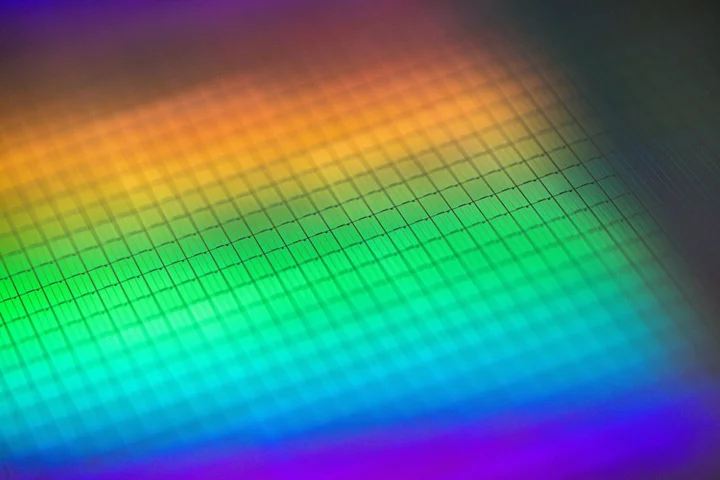
Big Tech Suppliers Need to Cut Emissions Faster, Greenpeace Says

Nasa is looking for diamonds and precious stones on metal asteroid

Haters criticize xQc for 'gambling at the peak of drama' during Kick streams: 'He gaslights his community'
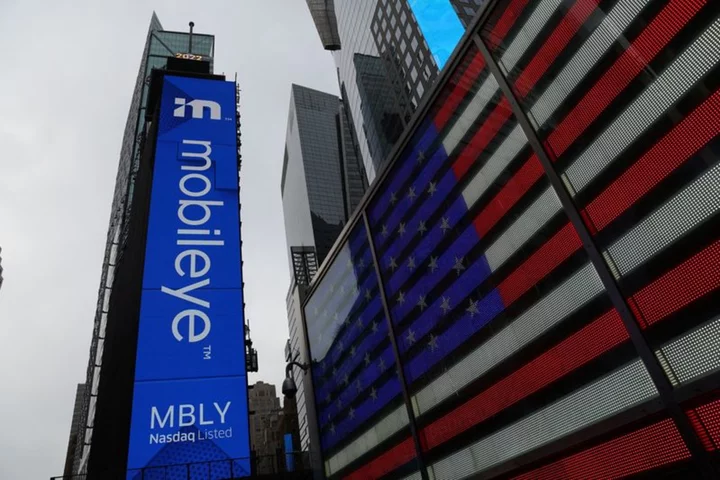
Mobileye appoints insider Rojansky as CFO
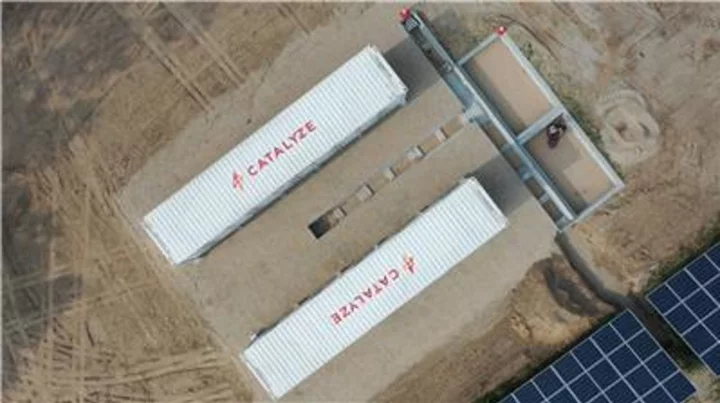
Catalyze Announces Solar and Storage Development Agreement

Malaysia reverses plan to take legal action against Meta over harmful content

Calling all gamers: Get a Sony 4K Ultra HD TV and a PS5 for 27% off
